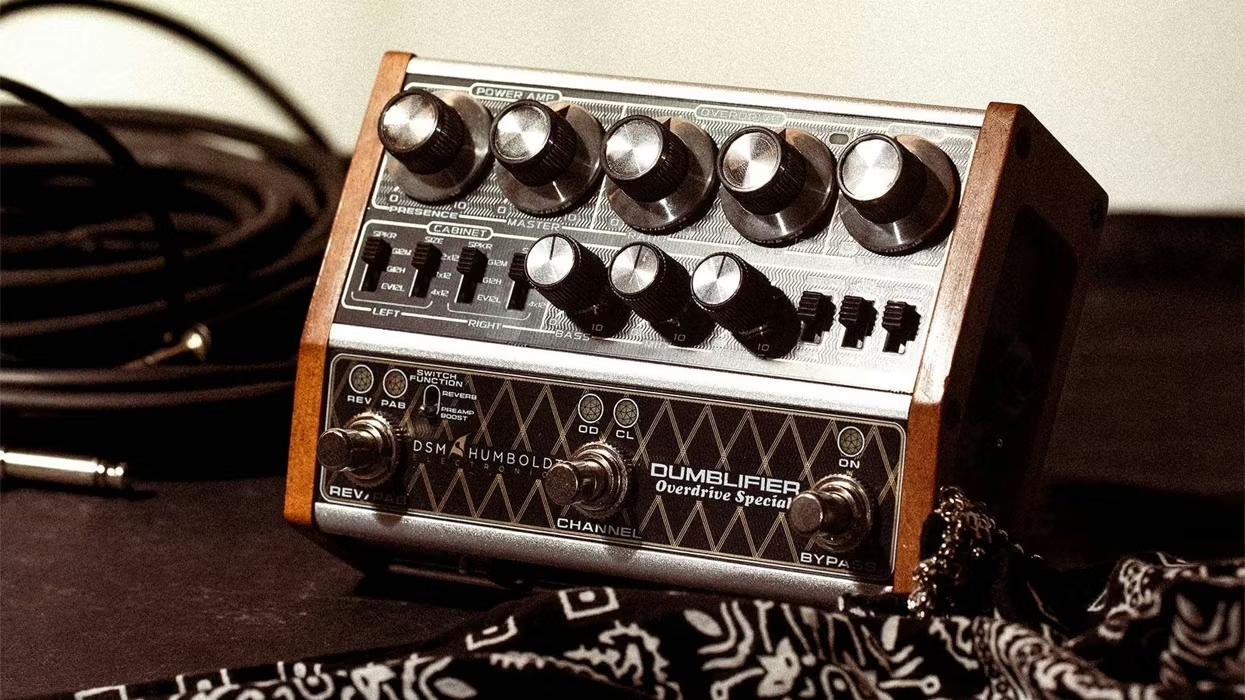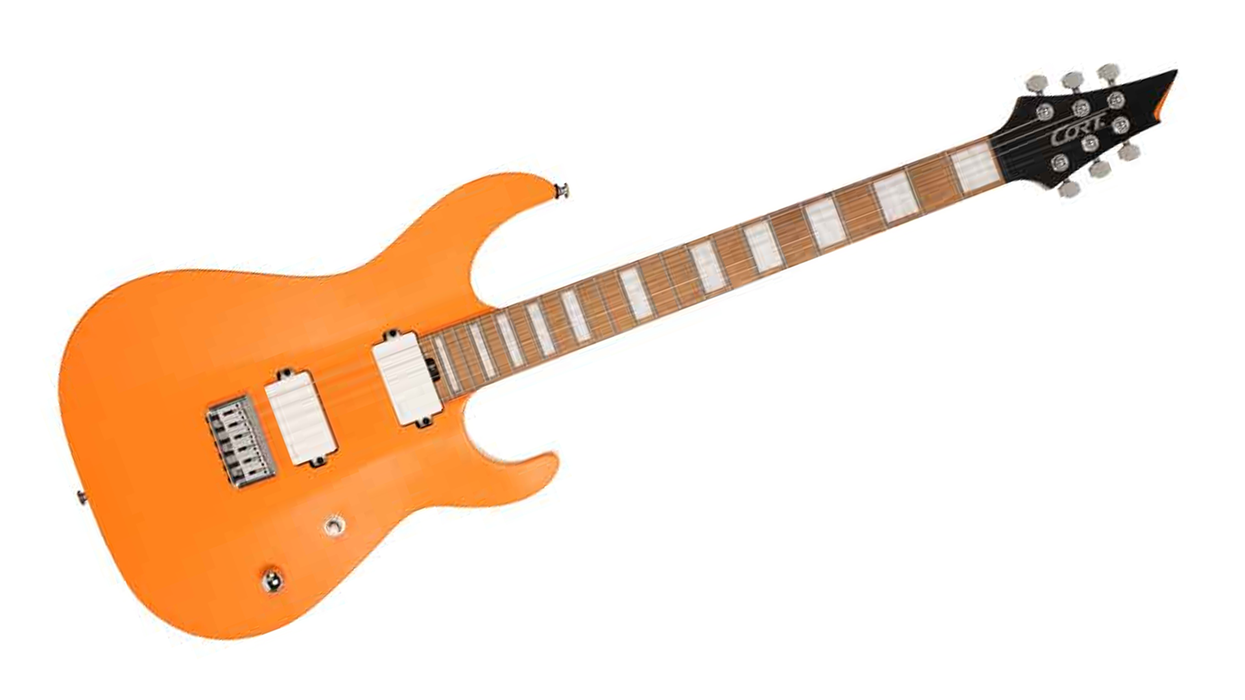There aren’t many things worse than stepping out on stage in front of a crowd and being met with silence from your rig, but there’s a growing risk of that occurring from an unexpected direction: the reliability of stomp switches for true bypass is on the decline. $0 $0 Effects makers don’t want to tell you that, because guitarists have demanded true bypass switching and they continue to vote for it with their wallets. Effects makers may privately admit that stomp switches are getting worse, but you can’t blame them for not wanting to give up a cheap and easy advertising opportunity. Designing good alternatives to true bypass requires hard work and technical skill – throwing in a stomp switch is dead easy. $0 $0 You won’t see this come up in pedal ads, but what sounds vintage and righteous in the ads may not be perfect. $0 $0 Take, for example, this story from a very skilled guitar tech: he had set up the stage rig for the guitarist in a multi-platinum act for a crowd of 30,000 people at an outdoor festival. The guitarist was a pro at every level, seasoned at touring and possessing a pedalboard of about fifteen handcrafted, true bypass pedals. The board was cleanly and professionally wired and powered, and had fared well over many shows. Conditions looked good. $0 $0 The stage was covered, which was good due to rain following the first performance, letting up by the second performance. When the tech went to check the guitarist’s rig, three of the true bypass pedals on the board refused to switch at all. This was from accumulated wear and the humidity in the air, since no rain had hit the pedalboard. Fortunately, there was just enough time to rip the pedals out and get them running before the band came on stage. Over the years, the reliability of electronic gear has improved dramatically, but the reliability of mechanical things like DPDT and 3PDT switches has gone down markedly. Globalization has led to problems with materials, accuracy, and new factory startups. Meanwhile semiconductor manufacturing moved to fully automated, intenselymanaged production lines, and the silicon has improved consistently every year. $0 $0 $0 $0 $0 Over the years, the reliability of electronic gear has improved dramatically, but the reliability of mechanical things like DPDT and 3PDT switches has gone down markedly. $0 $0 $0 $0 $0 The old-line DPDT stomp switches were originally designed to switch AC line voltage, not delicate audio signals. Audio signals can be blocked completely by a layer of surface oxides a few atoms deep; AC power will hardly notice it’s there. $0 $0 Telephone companies found out long ago that to reliably switch low power audio the best practice is to use precious metal contacts and protect them from contamination. Reliability engineering says that things that are stomped on are prone to mechanical failures. The simpler a thing is, the fewer ways it can fail. Putting a DPDT switch inside is bad enough; putting in yet another switch section for 3PDT is a step in the wrong direction. $0 $0 All those Boss pedals made over the decades still bypass the first time, every time. On very rare occasions, the environmentally sealed, contamination-free tactile switch inside will finally die. A quick 50 cent switch replacement and it’s good for another few decades. Say what you will about how the pedals sound, but the makers got it right when it comes to switching reliability. $0 $0 It takes higher-class design work, but a good buffered bypass circuit can offer great sound, and just as importantly, it can offer reliable results. The buffer handles your carefully handcrafted guitar signal gently and provides a strong enough signal to keep your audio clean. A well-designed buffered bypass setup can reduce or eliminate the static discharge and signal-interruption pops that metal contact switches make. $0 $0 The moral of the story is not to dump true bypass or to go to all buffered pedals. The moral of the story is to think. Be openminded and be prepared. $0 $0 Got hard-wired true bypass pedals? There are better and worse stomp switches – get some high quality spares ahead of time when you can, just like you do with tubes. And don’t forget to give a listen to those buffered bypass pedals; your ears will know the truth. $0 $0 $0 $0 $0 R.G. Keen$0 Cheif Engineer$0 Visual Sound$0 www.visualsound.net$0
Search
Latest Stories
Start your day right!
Get latest updates and insights delivered to your inbox.
Premier Guitar features affiliate links to help support our content. We may earn a commission on any affiliated purchases.
The Latest
More for you
Most Popular
Don’t Miss Out
Get the latest updates and insights delivered to your inbox.







![Rig Rundown: John 5 [2026]](https://www.premierguitar.com/media-library/youtube.jpg?id=62681883&width=1245&height=700&quality=70&coordinates=0%2C45%2C0%2C45)



![Rig Rundown: Russian Circles’ Mike Sullivan [2025]](https://www.premierguitar.com/media-library/youtube.jpg?id=62303631&width=1245&height=700&quality=70&coordinates=0%2C0%2C0%2C0)





